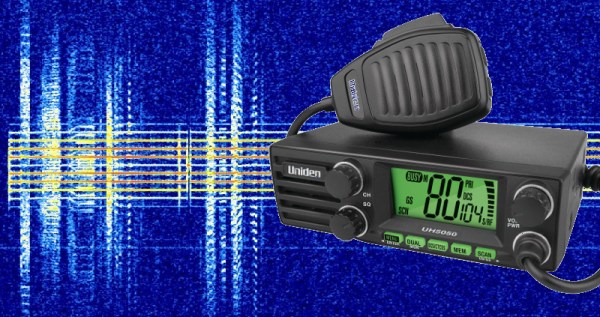We will have all picked up something from a junk pile or swap meet in our time that caught our eye not because we needed it but because it looked cool. [Quinn Dunki] did just that with an irresistible set of 1980s air traffic control headphones. What did she do with them? Turn them into a set of Bluetooth headphones of course!
The ‘phones in question are particularly interesting, as they turned out upon inspection to be a two-way radio in disguise. Cracking them open revealed a radio board and a logic board, and what makes them particularly interesting to this Hackaday scribe’s eye is their choice of frequency. She finds a crystal with a VHF airband frequency multiplier and concludes that they must operate there, but a look at the photos reveals all the ingredients of a classic AM or low HF receiver. There is a ferrite rod antenna and a variable capacitor, if we didn’t know that these were very high-end professional ‘phones we’d almost suspect they were a novelty AM radio from Radio Shack. If any readers can shed any light on the frequency and purpose of this device, we’re all ears.
The conversion involved a Sparkfun Bluetooth module breakout board paired with a little audio power amplifier. The original drivers were high-impedance and one of them had died, so she replaced them with a modern pair of identical size. The control buttons were mounted in the headphone’s external housing, after a wrong turn into attempting to create a custom enclosure. The result is a rather novel but high-quality set of ‘phones, and one we rather wish we’d found ourselves.













